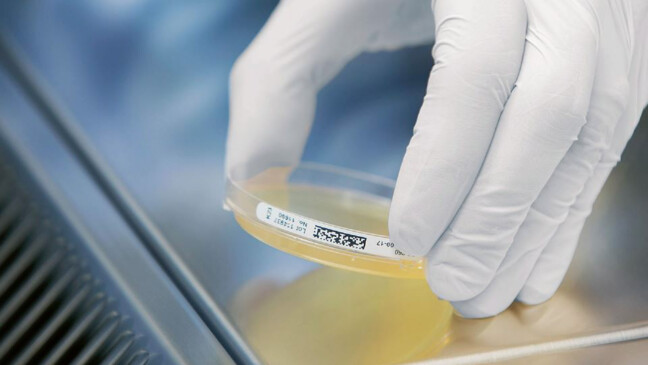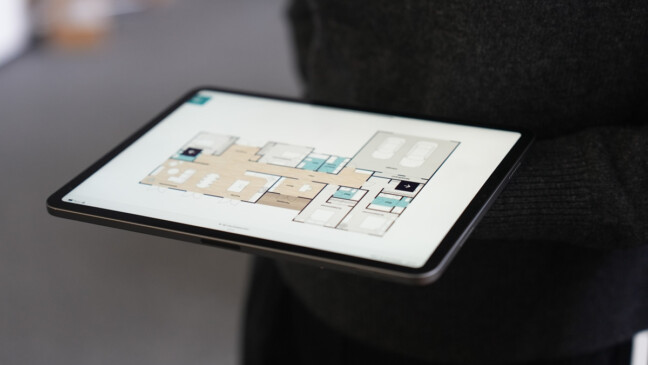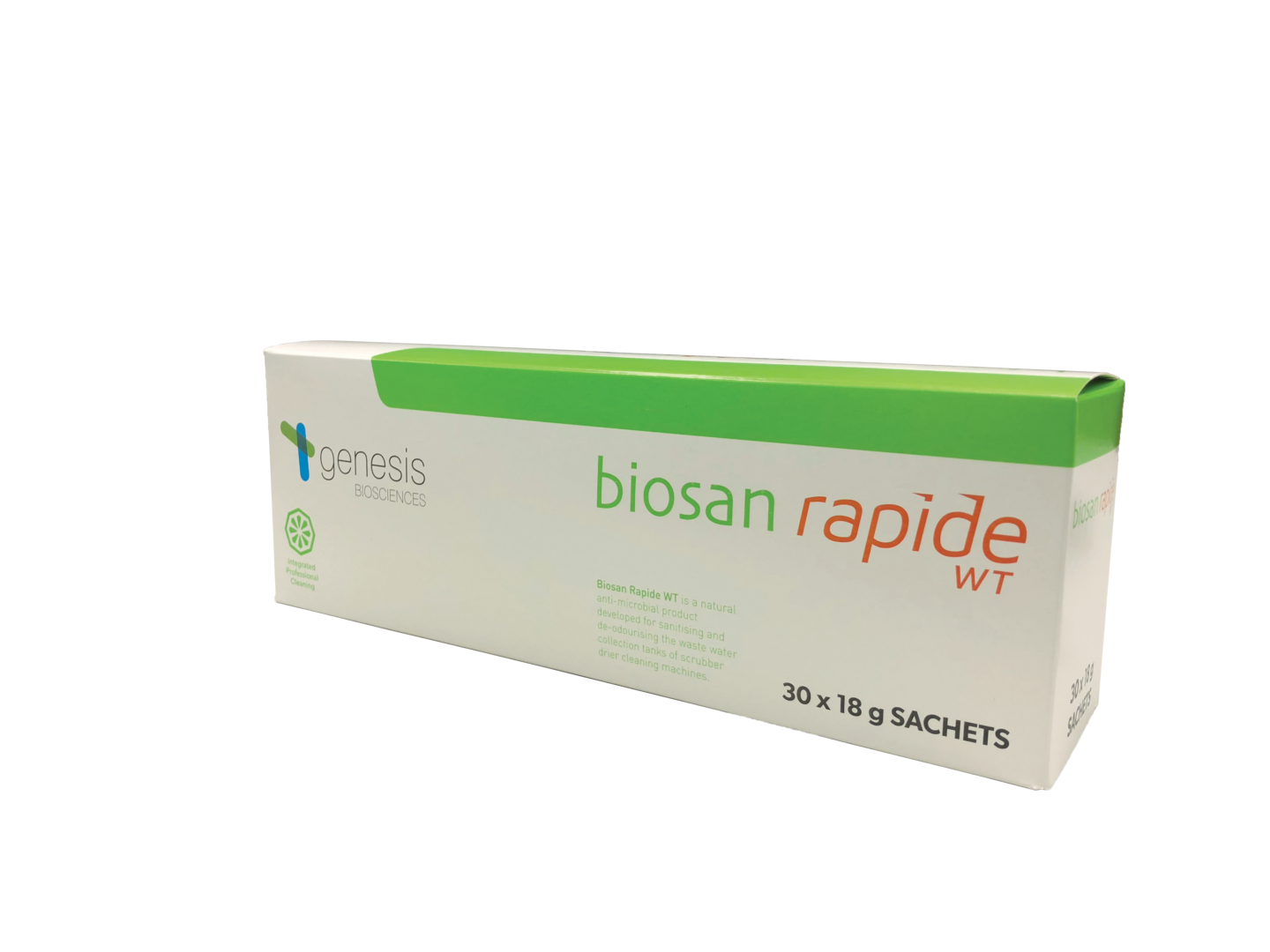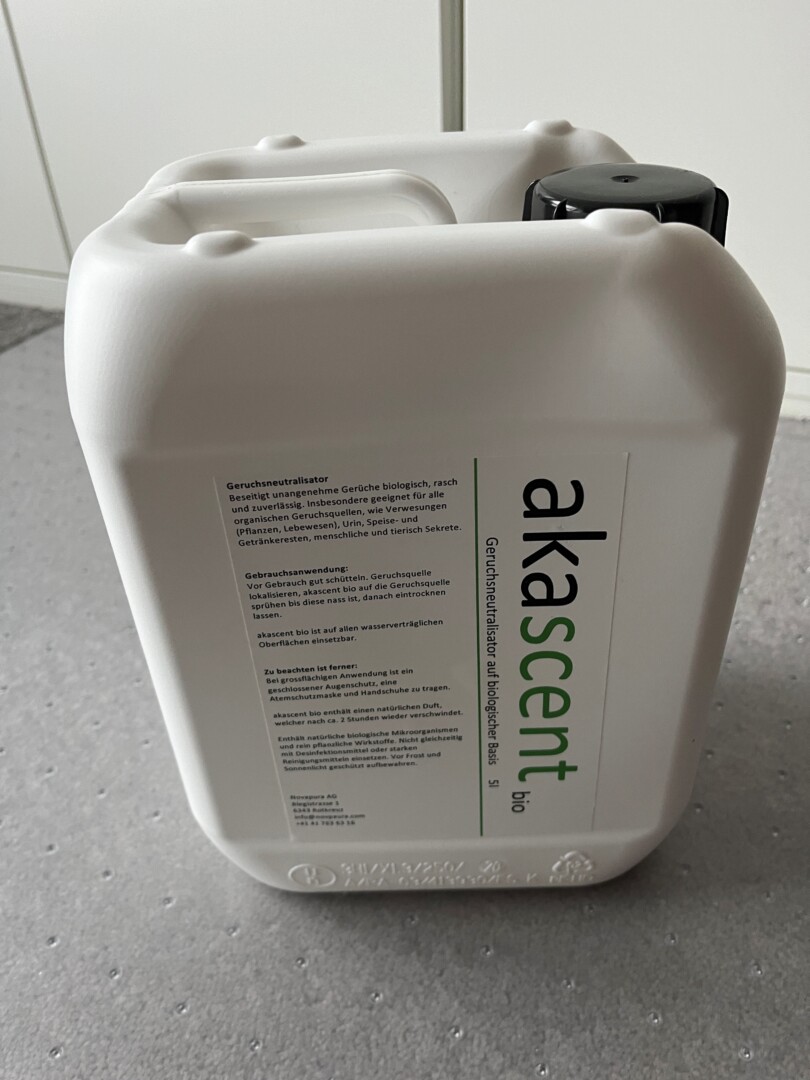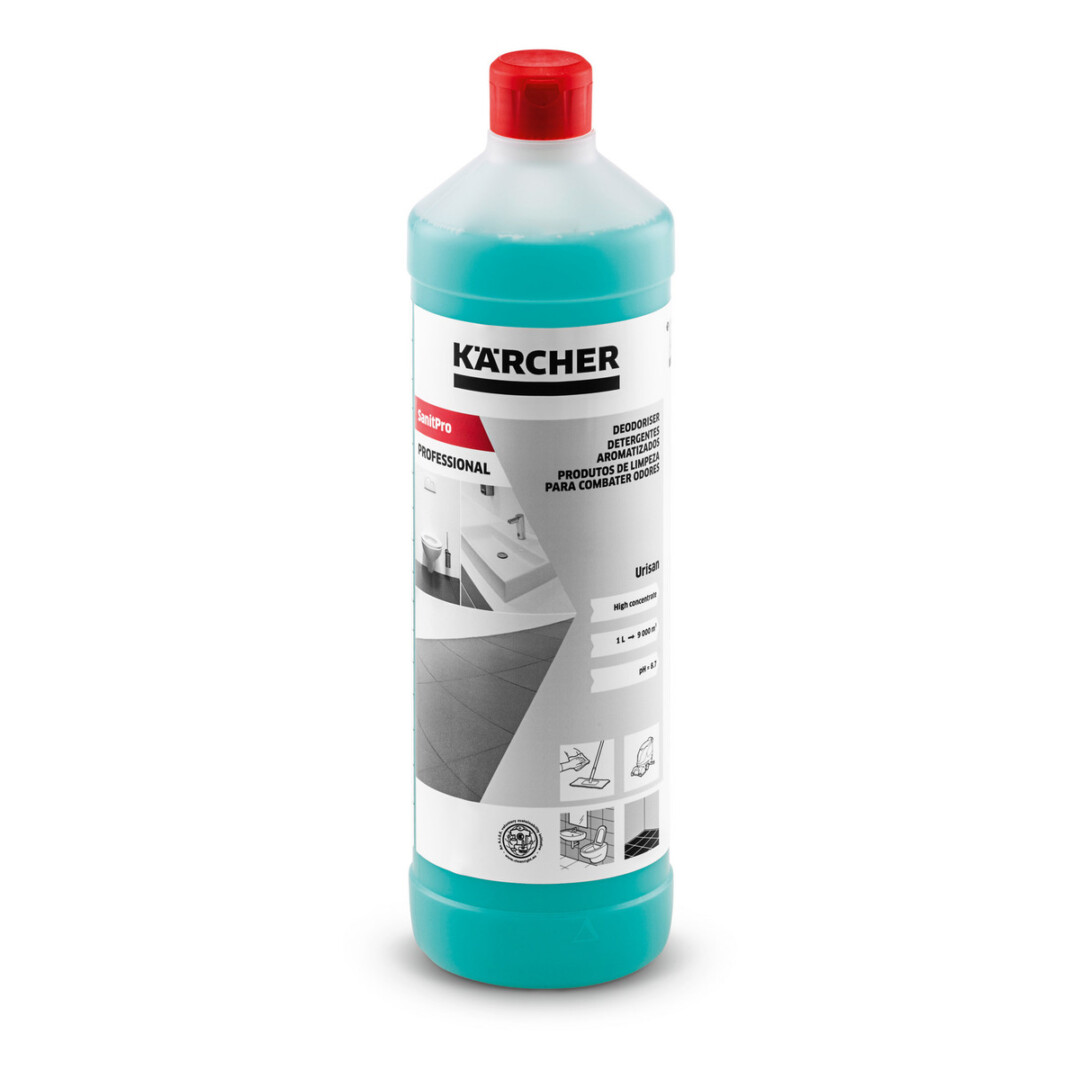
26.09.25
Odour management in the hospitality industry: science, practice and competitive advantage
Smells are invisible but powerful messengers. They have a direct effect on the limbic system, the part of our brain that controls emotions and memories. A pleasant scent can trigger positive feelings, create trust and even extend the length of time guests stay. Conversely, an unpleasant smell is enough to cause lasting damage to the overall impression. In an industry where the guest experience determines success or failure, professional odour management is therefore a strategic success factor.
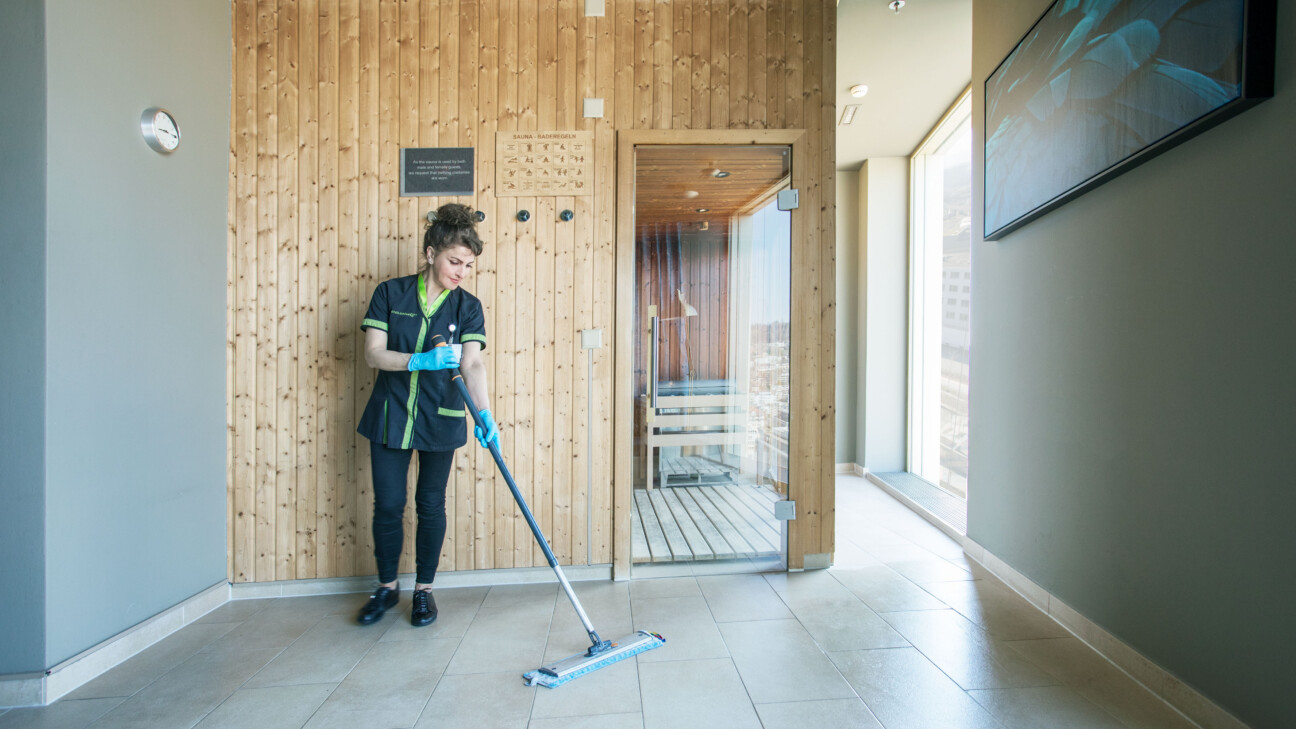
How unpleasant odours arise
The causes are varied and often complex. These are the main causes that lead to odours:
1. Microbiological processes and biofilms
Moisture is the biggest ally of unpleasant odours, as it promotes the formation of biofilms on surfaces in drains, air conditioning units, sanitary areas and kitchens. Biofilms consist of cells and a matrix of extracellular polymers that partially protect microbes from cleaning agents and disinfectants. This can result in the formation of microbially produced volatile compounds that are perceived as odours.
2. Organic decomposition and material buffers
Food residues, waste or soiled textiles decompose and produce volatile organic compounds. Upholstery and floor coverings can absorb these volatile organic compounds and release them again later. This explains why rooms can continue to smell for some time after the cause has been eliminated.
3. Chemical reactions
Cleaning agents and disinfectants can also produce undesirable odours when combined with other substances. For example, chlorine-based products react with organic material to release pungent odours.
4. Unforeseen damage events
Fire or water damage is always associated with unpleasant odours that need to be eliminated immediately.
Why covering up is not enough
Many businesses rely on fragrances to mask unpleasant odours. However, this is only a short-term solution and can even be counterproductive in sensitive areas such as wellness or healthcare. Intense fragrances quickly seem artificial, can trigger allergies and mask the actual problem. Sustainable odour neutralisation means eliminating the cause, not covering up the smell.
Effective strategies for odour neutralisation
Professional odour management combines several approaches:
Elimination of causes, cleaning and maintenance
Regular, structured cleaning prevents the formation of biofilms and reduces organic residues. Areas that are difficult to access, such as drains or siphons, are particularly important. Regular maintenance of air conditioning and ventilation systems is also crucial.
Microbiological processes
Enzyme and bacterial preparations can break down organic residues and decompose odour-causing substances biologically and sustainably. They are useful as a component in a multi-stage programme, provided that the products are selected appropriately and used correctly.
Technological solutions
Technology can be a valuable aid in odour management when used in a targeted manner. Air purification systems are standard in many businesses, but not all of them are suitable for neutralising odours. HEPA filters remove particles such as dust or pollen, but cannot bind gaseous odour molecules. This requires activated carbon filters, which adsorb these molecules and thus noticeably improve air quality. It is crucial that the filters are sufficiently dimensioned and changed regularly.
Practical example: multi-stage approach
An effective approach can be achieved through a multi-stage process that goes far beyond simply covering up the problem. Providers such as Enzler Hygiene AG carry out a root cause analysis followed by treatment, for example by fogging with special active ingredients and then intensive ventilation:
Cause analysis and elimination
First, the source of the odour is identified and removed, such as charred material after fire damage, spoiled food or mouldy furniture.
Special fogging
The affected room is then sealed off and fogged with a special agent. This binds and encloses the odour molecules so that they are no longer perceptible. Depending on the size of the room and the intensity of the odour, the exposure time is between one and four hours.
Intensive ventilation
After fogging, the room is ventilated intensively for several hours, or even several days in the case of strong odours, with the aid of fans. In extreme cases, the process is repeated.
Areas of application:
The possible applications are diverse. They range from eliminating odours after fire or water damage to neutralising decay odours, animal odours and excrement. Odours can also be eliminated in this way in cases of chemical or food contamination, as well as in heavily contaminated environments such as smokers’ homes or hoarder households.
The result: rooms can be used again quickly, without unpleasant odours or health risks.
Read more here: Enzler Hygiene AG – Odour neutralisation
Conscious use of fragrances
In areas such as spas, lobbies and guest rooms, subtle fragrances can enhance well-being. However, it is important to exercise restraint. Intense fragrances can quickly seem artificial or even disturbing. Natural, light scents are the better choice here. In sensitive areas such as hospitals or care facilities, fragrances should be avoided as far as possible.
Fragrances also have a psychological effect and can convey a brand identity. Some hotel chains deliberately use signature fragrances to create a consistent brand experience. But be careful: the fragrance must suit the brand and not be overpowering. A fresh, clean fragrance signals hygiene and professionalism – a decisive factor for guest satisfaction.
Practical tip for odour management in hospitality
Investing in professional odour neutralisation pays off in the form of positive reviews, longer stays and a higher return rate. Conduct regular odour audits. Train your staff in how to deal with sources of odour. Focus on sustainable solutions rather than short-term masking. Consider using technologies such as activated carbon filters or plasma field ionisers and develop a fragrance strategy that supports your brand.
Further sources:
- https://www.enzler.com/de/enzler-hygiene-ag/services/reinigung-hygiene/geruchsneutralisation/
- https://www.hygieneforum.ch/wissen/gerueche-unsere-geruchswahrnehmung-und-wie-wir-sie-beeinflussen-koennen/
- https://www.hygieneforum.ch/wissen/wie-wichtig-sind-duefte-in-sensiblen-bereichen/
- https://www.hygieneforum.ch/wissen/entstehung-und-risiken-von-biofilm/
- https://www.hygieneforum.ch/wissen/stoffbeigaben-in-lueftungen-im-gesundheitswesen/
